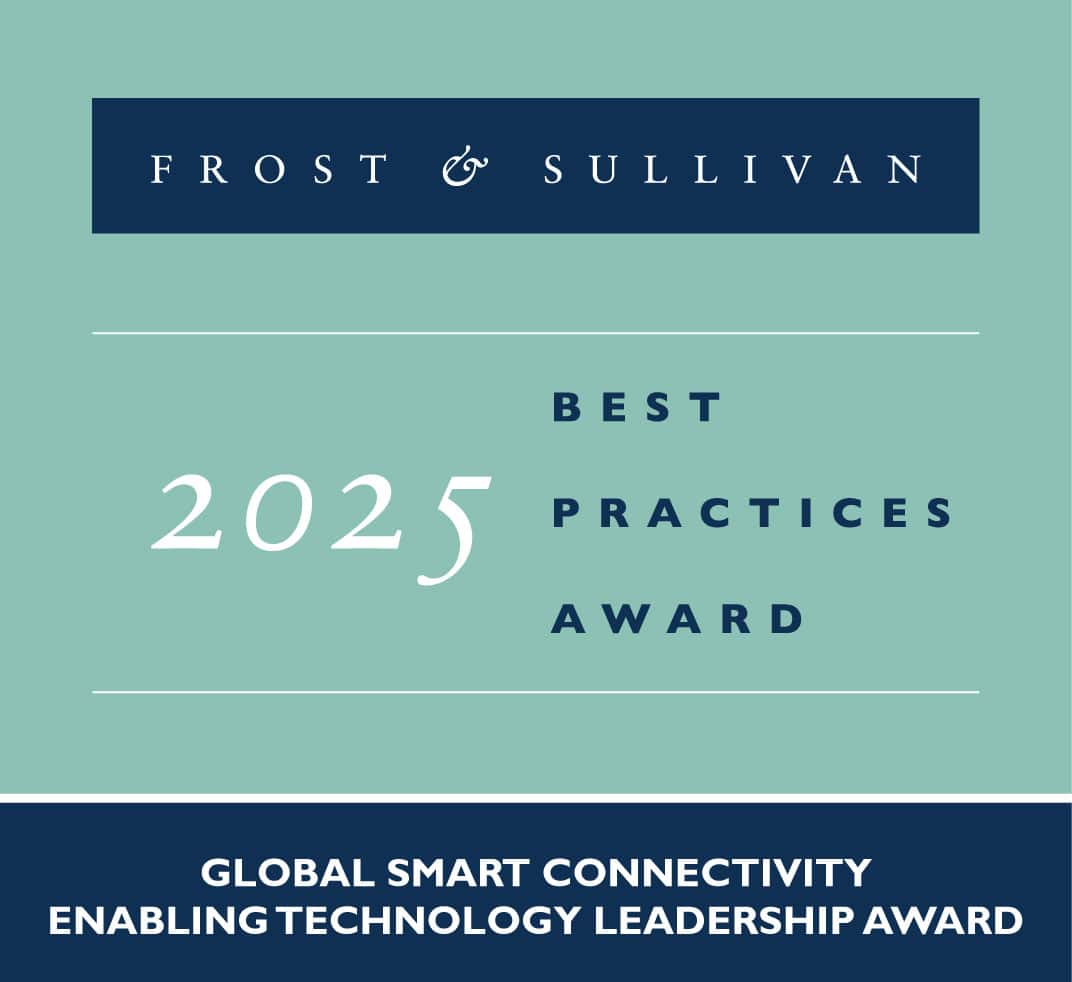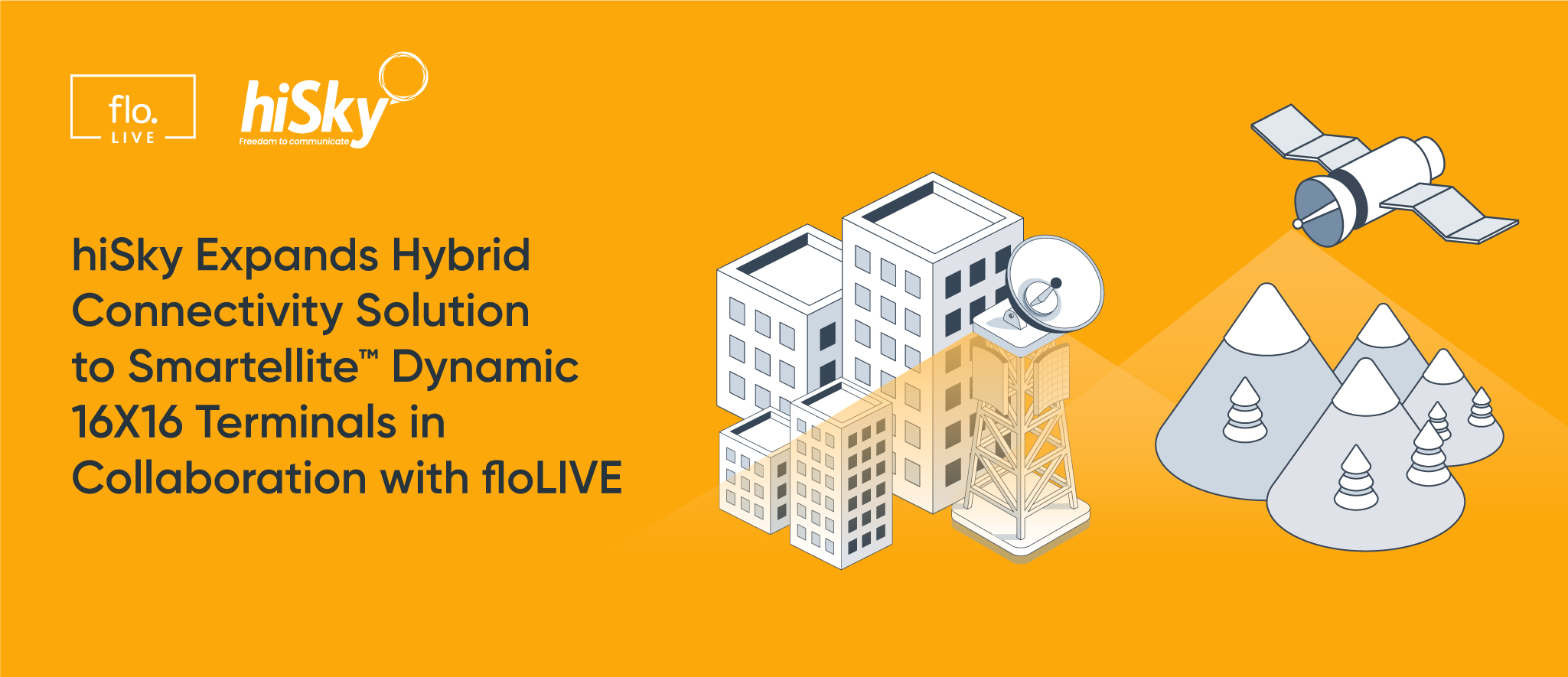Page Contents
Why AI is the Future of IoT?

Page Contents
AI and IoT are what may be considered as the next major leap forward from tech. On their own, both technologies have had positive influences on the way the world works. Sure, IoT is no spring chicken anymore, and AI isn’t either, but together, they are pushing a new wave of insight, efficiency, and discovery about what we can achieve in a data-driven world.
AI capabilities
Data without context is useless. A few years ago, businesses became aware of the large amounts of data they churn out and knew very little about what it has to offer. Today, that’s changed. According to Gartner, “operationalizing business value” is a key initiative in boardrooms. Enterprises are prioritizing the use of decision-making aided by data and analytics. They are also accelerating change using AI. This accelerated change offers scalable operations with insights derived from patterns that could never have been uncovered otherwise.
But what does this mean for an AI-IoT world? How does AI make IoT more than what it currently is?
To better understand AI’s impact on IoT, we’ll need to examine use cases and how AI and machine learning are used with IoT. We also need a closer look at AI capabilities that supercharge IoT. It’s clear that AI’s big win is its analytic capabilities, but they are not all one in the same. AI is segmented into six areas:
- Personalization and profiling is used to derive insights from individuals to match preferences and tailor experiences. A popular example is Netflix and it’s recommendations that are based on movies and series you’ve watched.
- Prediction-based AI predicts potential future events. Predictions are calculated based on historical data, allowing for more effective future decision-making. In a retail scenario, AI can streamline inventory management and improve store inventory levels through deep analysis of consumer choices and shopping behaviors.
- Natural language is concerned with understanding how people communicate. But it goes beyond word and speech recognition. Today’s natural language AI identifies emotion by leveraging sentiment analysis. Natural language AI is widely used today in insurance and banking industries to better meet customer expectations.
- Pattern recognition and anomaly detection focus on identifying consistency patterns and what isn’t considered part of the “pattern”. Google search is a common example of pattern recognition in action. It suggests your search terms as you type them, based on previous interactions with the search engine.
- Object identification AI or “computer vision” uses machine learning to recognize real-world objects. Self-driving cars use machine learning to interpret other vehicles and objects on the road.
- Goal achievement AI uses machine learning to learn from scenarios and feedback from its actions and experiences. In 2017, the world watched Elon Musk’s OpenAI beat the world’s best Dota players, showing how capable AI can be when given the chance.
AI-powered IoT in action
For IoT, AI presents a strong and compelling value proposition. AI’s various applications offer context for all the data collected by connected cars, devices, and sensors. Two major wins include:
Enhanced operational efficiency
Gartner defines predictive maintenance as “the hardware, software and service
components to provide predictive analytics for mechanical assets and infrastructure maintenance and reliability objectives.” In a report, Gartner’s key findings also showed that for enterprises to realize substantial improvements, IoT-enabled solutions and supporting services (like AI) must be leveraged.
AIoT predictive maintenance can be used by applying pattern recognition alongside connected sensors. By attaching sensors to large equipment, AI can recognize operational patterns. Should heavy machinery start to vibrate, creating what would be recognized as anomalous behavior, engineers can be notified before the issue leads to equipment failure and unplanned plant downtime.
Other AI and IoT applications include the prediction of ideal operating conditions. In the waste management industry, there have been several innovative solutions that use AI and IoT. Bins levels are monitored using IoT sensors, and when they reach capacity, municipalities are then notified to arrange collection. In both cases, operations realize savings due to AI and IoT stewarding optimal performance.
New and better products and services
Deeper insights through AI allow for more effective products and services. In the logistics industry, AI can be used to streamline how cargo moves from one place to another. For example, a common issue in logistics is the capturing of data. In some operations, there can be as much as 22 checkpoints, each with human data capturers. While these numerous checkpoints may seem necessary, they present risk through human error which can be costly. Using tracking devices, logistics companies can identify where cargo is with pinpoint accuracy.
Applications don’t end there. Data from cargo containers can be fed to AIoT platforms and sensitive cargo that requires temperature management can also be monitored and temperatures controlled remotely.
Cost-savings
With access to deeper insights, businesses are able to streamline operations and save on overheads. For example, fleet management companies are often saddled with the challenge of plotting the best transport routes. AIoT can be used to plot more efficient routes for vehicles. By acc ounting for weather and traffic, vehicles can be used at optimal times. The benefits of real-time analysis using IoT tracking devices and AI pattern recognition also lessen wear and tear, resulting in cost-savings.
Enhanced competitive advantage
With access to tons of data, businesses are spending more time turning data into valuable insights. AI offers more room to explore how best to improve business given it’s analysis capabilities. In a connected world, this translates into a leg up on the competition. By cutting costs, enhancing products and service, and designing more efficient operating models, enterprises can strengthen their place in competitive markets.
Bigger, better, faster
AI and IoT have a bright future together, one that will see more innovation channelled into the way we live and work. And with additions like faster communication and transfer of large amounts of data through 5G, this will only quicken this movement, making it possible to push the boundaries of AI and IoT for a smarter, more-connected world.

Join Our Newsletter
Get the latest tips and insights in our monthly newsletter.








